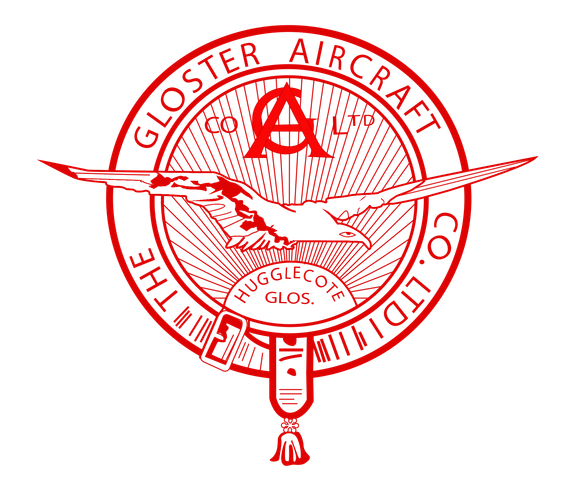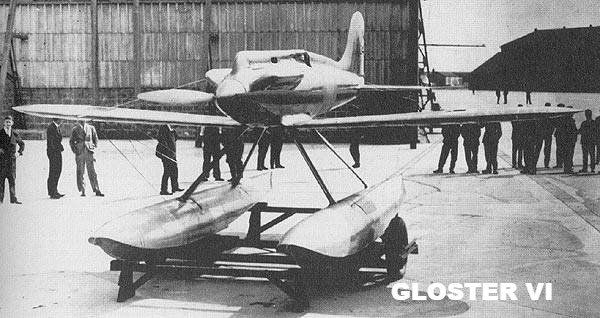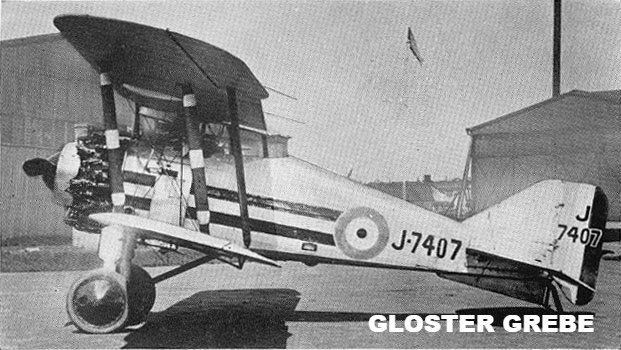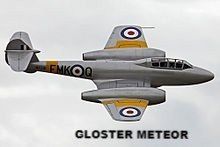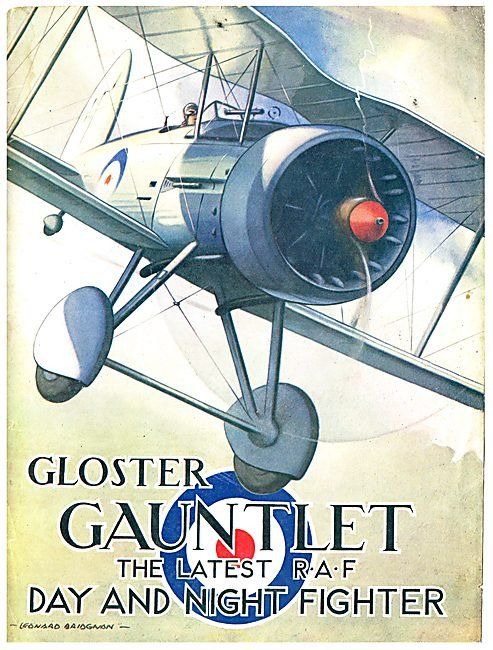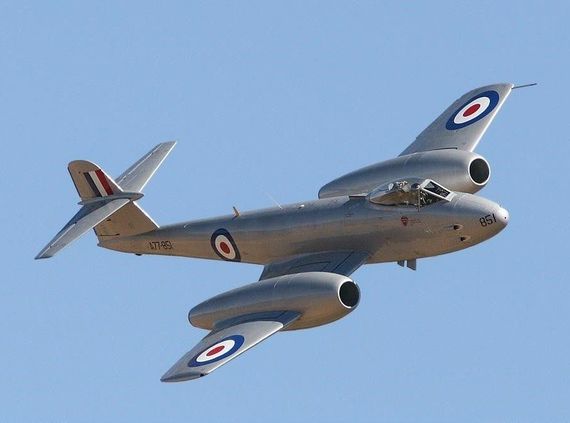GLOSTER AIRCRAFT COMPANY
The Gloster Aircraft Company designed and built aircraft from 1917 to 1963.
Founded as the Gloucestershire Aircraft Company Limited during the First World War, with the aircraft construction activities of H H Martyn & Co Ltd of Cheltenham, England it produced fighters during the war.
In 1920, designer Henry Folland joined the company when Nieuport & General Aircraft finally closed down, bringing with him the rights for the Nieuport Nighthawk and after a few design modifications they supplied 50 aircraft (known as Sparrowhawks) to the Imperial Japanese Navy. Eventually they went on to produce 92 Sparrowhawks.
Gloster built several racing aeroplanes, the Gloster I racing aircraft, which had won the annual Aerial Derby air race three years running between 1921 and 1923, and had attempted unsuccessfully to break the World airspeed record in 1922.was a small single-seat biplane of fabric covered wooden construction, powered by a closely faired Napier Lion engine. The British Air Ministry ordered two racing seaplanes from the Gloster Aircraft Company to compete for the 1924 Schneider Trophy race designated the Gloster II
The Gloster III was built to compete for the 1925 race finishing second.
The Gloster IV aircraft were used as trainers by the High Speed Flight for several years.
The Gloster VI was developed as a contestant for the 1929 Schneider Trophy
The aircraft was known as the Golden Arrow, partly in reference to its colour, the distinctive three-lobed cowling of the 'broad-arrow' Napier Lion engine, but also to another contemporary Lion-powered record-breaker, Henry Segrave's Golden Arrow land speed record carThe Gloster VI was Gloster's final evolution of a series of racing floatplanes, designed specifically for the Schneider Trophy.
The aircraft showed promise and high speed but had problems with fuel supply and were withdrawn leaving the way clear for the Supermarine S.6 to win, the day after the Supermarine S.6 had won the Trophy Flight Lieutenant George Stainforth flew a GlosterVI over a measured mile course for a top speed of 351.3 mph and a ratified world absolute speed record, averaged over four runs of 336.3 mph.This record was held only briefly, as a later run by Squadron Leader Augustus Orlebar in the S.6 managed to raise it over 350 mph. During the final Schneider Trophy in 1931, the Gloster VI was still in service with the High Speed Flight as a trainer.
In December 1926, it was decided that the name of the company should be switched to a simplified form—the Gloster Aircraft Company. This was reported because customers outside of the United Kingdom found it easier to pronounce and to spell.

